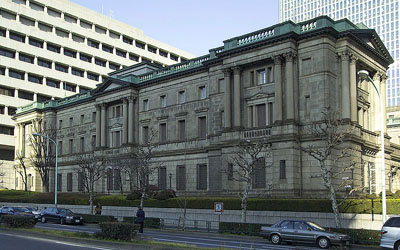US retail sales declined for a third consecutive month in February, while business inventories were unchanged in January amid a further drop in sales, a sign cash-strapped consumers were using their fuel savings to pay down debt and increase personal savings.
Retail revenues declined 0.6 percent in February, following a 0.8 percent drop in January, the Commerce Department reported on Thursday. The majority of the retail categories posted declines in February, led by auto dealers.
Excluding automobiles, retail sales declined 0.1 percent. So-called core retail sales, which are used in the calculation of gross domestic product, were virtually unchanged last month following a 0.1 percent drop in January. Weakness in core sales has persisted for two straight months, suggesting a marked slowdown in household consumption in the first quarter. Household consumption, which accounts for nearly 70 percent of US economic activity, increased 4.2 percent annually in the fourth quarter, according to revised estimates from the Commerce Department. Personal spending is expected to increase in the first quarter, albeit at a much slower rate than the previous quarter.
The overall economy expanded 2.2 percent annually in Q4, after posting the strongest six-month period of expansion in more than a decade.
A separate gauge of business inventories and sales also suggested a marked slowdown in consumer spending in the first quarter. US business inventories – a measure of stockpiles held at manufacturers, wholesalers and retailers – were unchanged in January, as sales posted their biggest decline since March 2009.
Business sales fell 2 percent in January after declining 1 percent in December. At January’s sales pace, it would take businesses 1.35 months to clear existing inventories, the highest inventory-to-sales ratio since July 2009. The inventory-to-sales ratio was 1.33 in December and 1.30 in January 2014.
Economists caution that inclement weather likely played a role in the drop in sales at the start of the year. Record cold temperatures swept through parts of the United States in February, resulting in weaker demand in key retail sectors. Slow wage growth is also another likely explanation for slumping sales, as more Americans use their fuel savings to pay down debts.
Average hourly earnings increased just 0.1 percent in February, the Labor Department reported last week. That followed a 0.5 percent gain in January that was the biggest in six years. Overall, wage growth remains tepid, causing many to question the strength of the jobs recovery over the past year.
Tradersdna is a leading digital and social media platform for traders and investors. Tradersdna offers premiere resources for trading and investing education, digital resources for personal finance, market analysis and free trading guides. More about TradersDNA Features: What Does It Take to Become an Aggressive Trader? | Everything You Need to Know About White Label Trading Software | Advantages of Automated Forex Trading




































